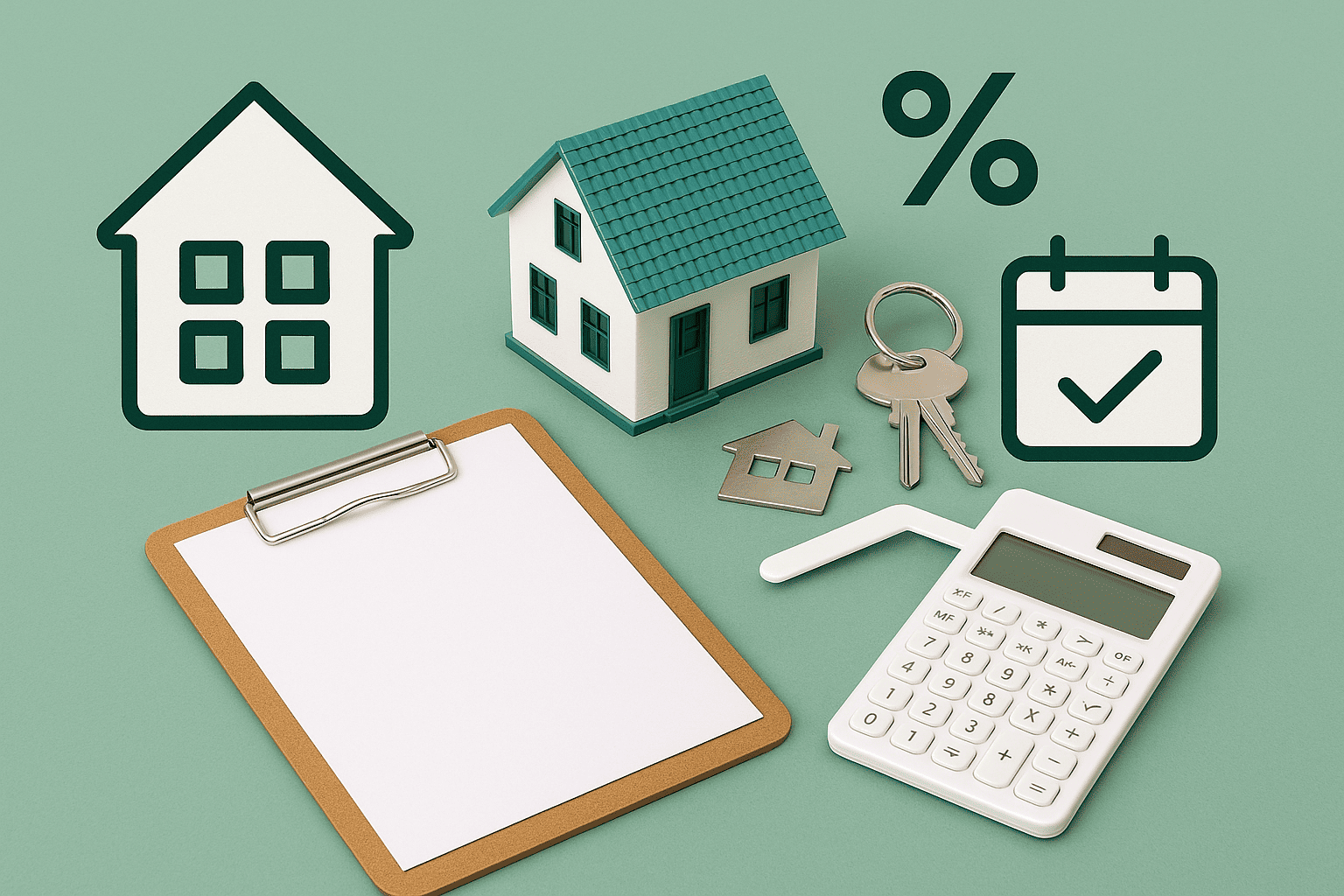
When you take out a mortgage, you decide how long you want to fix your interest rate. If you do not want a fixed rate, you can choose a variable rate.
A short fixed-rate period means you lock in the rate for 1 to 5 years. During this time, the interest percentage stays the same. After this period, there will be another rate based on the market rates at that time.
A short fixed-rate period is popular because of the relatively low rate. However, it also brings uncertainty about your future monthly payments.
How does a short fixed-rate period work?
When you sign your mortgage contract, you agree on how long to fix the interest rate. During this period, the rate will not change. When the period ends, your lender will send you a new rate offer. You can choose to fix the rate again or switch to a variable rate.
Example:
- Mortgage term: 30 years.
- Fixed-rate period: 5 years.
- Interest rate for the first 5 years: 3%.
After these 5 years, you receive a new proposal. If market rates have increased to 4%, for example, your monthly payments will also rise.
Advantages of a short fixed-rate period
- Lower interest rate.
- Flexibility.
- Benefit from falling rates.
Lower interest rate
Rates for short periods usually have a lower rate than for longer terms. This means that your monthly payments will be lower in the beginning.
Flexibility
After the fixed period ends, it is easy to switch to another bank or choose a different period.
Benefit from falling rates
If market rates drop in the meantime, you can benefit from a lower rate in your new offer. This will result in lower costs.
Disadvantages of a short fixed-rate period
- Uncertainty about the future.
- Less certainty when budgeting.
Uncertainty about the future
Once the fixed period ends, rates may rise, which increases your monthly payments.
Less certainty when budgeting
You don't know what the rate will be after the fixed period. It could be higher or lower. This makes long-term planning more difficult.
When do you choose a short fixed-rate period?
People choose a short period if they:
- Expect their income to increase so they can handle higher payments later. Or if they have enough financial space to carry higher monthly costs.
- Plan to move or refinance within a few years.
- Prefer lower payments in the first years.
What happens after the period ends?
After the fixed period ends, you automatically receive a proposal from your lender. These are your options:
- Choose a new fixed-rate period.
- Switch to a variable rate.
- Move to another bank.
Note: You do not have to stay with the same lender. However, switching banks can involve conditions or fees. It costs extra money if you want to switch before the fixed period ends.